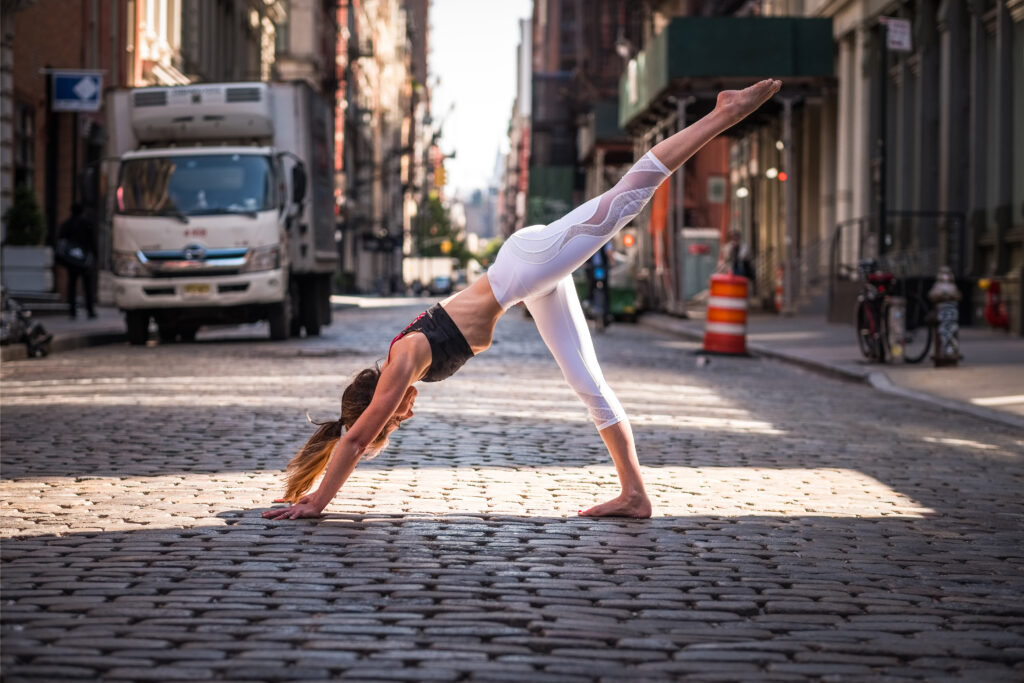Tension headaches are the most common type of headache. Traditionally, they manifest as pain that comes over your head like a hood or around your head like a headband and can occur on one side or both. Any activity that requires the head and neck to be held in the same position for prolonged periods can result in a tension headache. Considering that many of us are spending a lot of time on computers, laptops, and phones these days, it’s no wonder they are the most common type! Other activities such as physical and emotional stress, anxiety, eye strain, fatigue, caffeine (too much or too little), clenching the jaw, and migraines can also bring them on. Tension headaches occur when muscles in the head and/or neck contract or go into spasms called trigger points. Trigger points send pain in a very specific pattern (such as the hood or headband) and can be reproduced with pressure at specific points in the muscle belly. The good news is that tension headaches and trigger points respond very well to treatment and can be managed independently! Here are some tips to treat and prevent tension headaches:
- Tape two tennis balls together or put them in a sock and tie a knot to keep them side-by-side. Lie down with the tips of the tennis balls right under the base of the skull. You can maintain static pressure or nod the head up and down and side-to-side for a massage of the tense muscles (called your suboccipital). This is especially useful if you find yourself in the middle of a tension headache. It may be uncomfortable at first, but eventually, the muscles will relax and you’ll find relief.
- If you work at a computer all day, set a timer on your phone to go off every 30-60 minutes. Take a few minutes and do the following each time the timer goes off:
- Perform 10 Chin Tucks – sit up tall and draw the ears back in line with the shoulders. Hold 5 seconds each.
- Lean your head to one side, hold 20-30 seconds, and then the other side.
- Interlace your hands behind your head, draw your chin down to your chest, and gently press straight back into your hands until you feel a stretch at the base of the skull. Hold 10 seconds. Turn your head 30 degrees (looking towards one armpit) and press gently back into the hand on that side. Hold 10 seconds. Repeat to the other side.
- Keeping the hands behind the head, arch back over the top of the chair, allowing the thoracic spine to extend and the chest to open. You can hold for 10-15 seconds or rock slowly back and forth, flexing and extending the upper back.
They say an ounce of prevention is worth a pound of cure, so the best way to keep tension headaches at bay is by maintaining good posture throughout the day and managing your stress with your regular LYTⓇ yoga practice! Tadasana, or Mountain Pose, sets the head, shoulders, hips, and ankles in perfect alignment, allowing those suboccipital muscles to lengthen out, and takes the strain off the muscles of the neck by eliminating their need to hold the head up. So find Tadasana to eliminate Tension!
Xoxo,
Kristin






